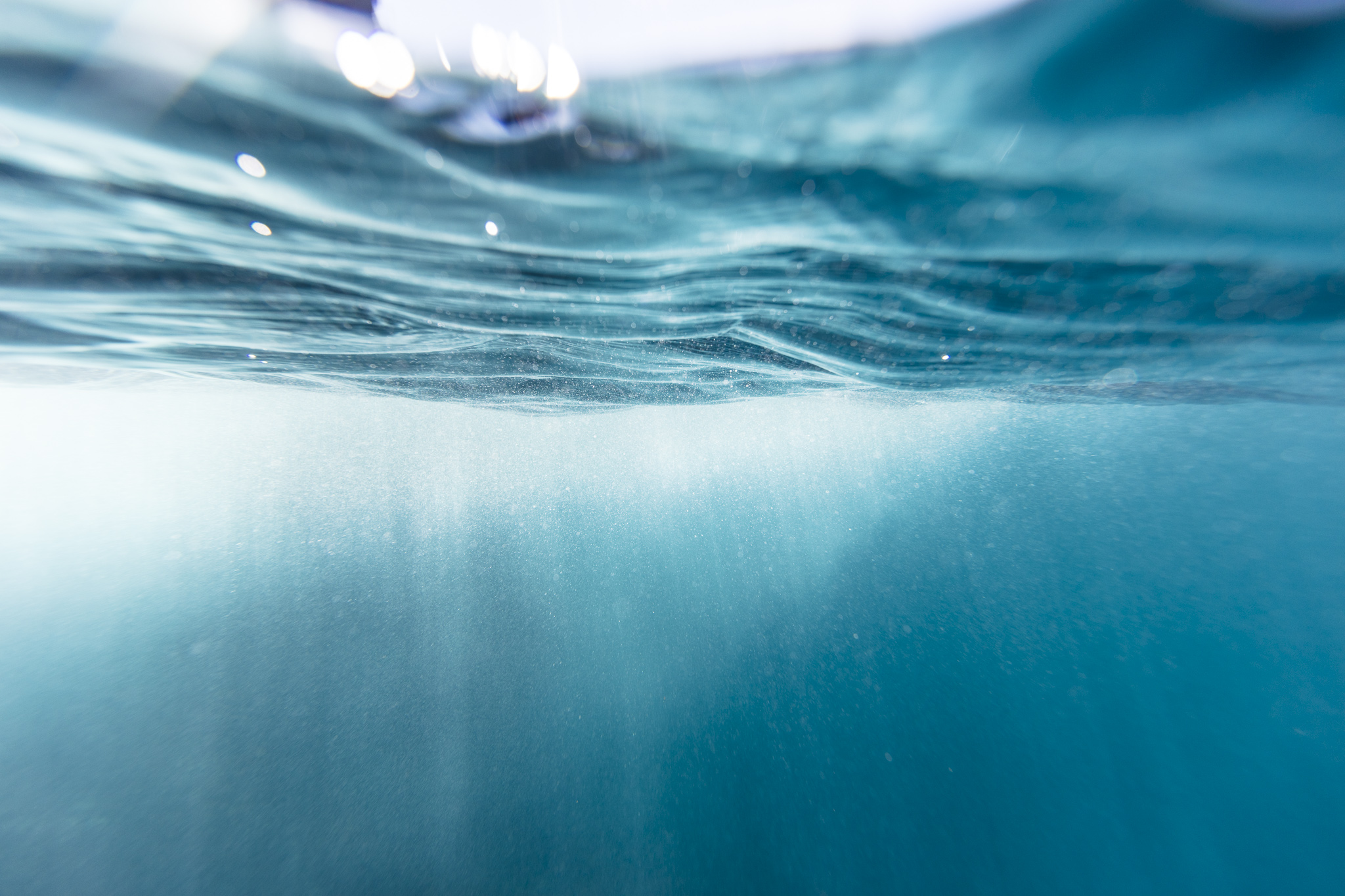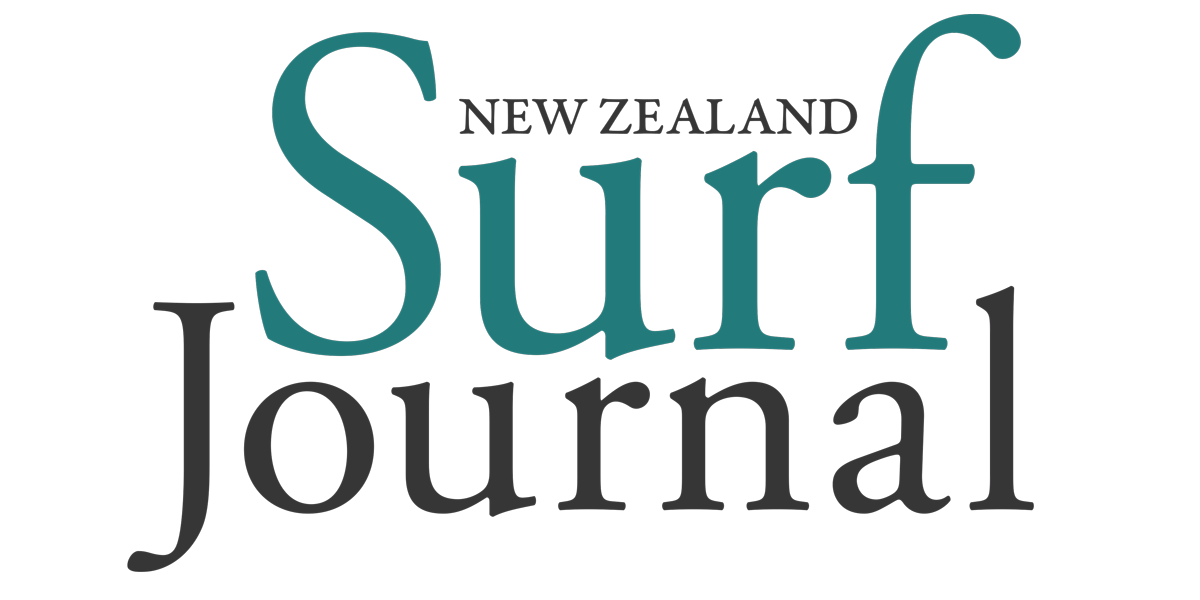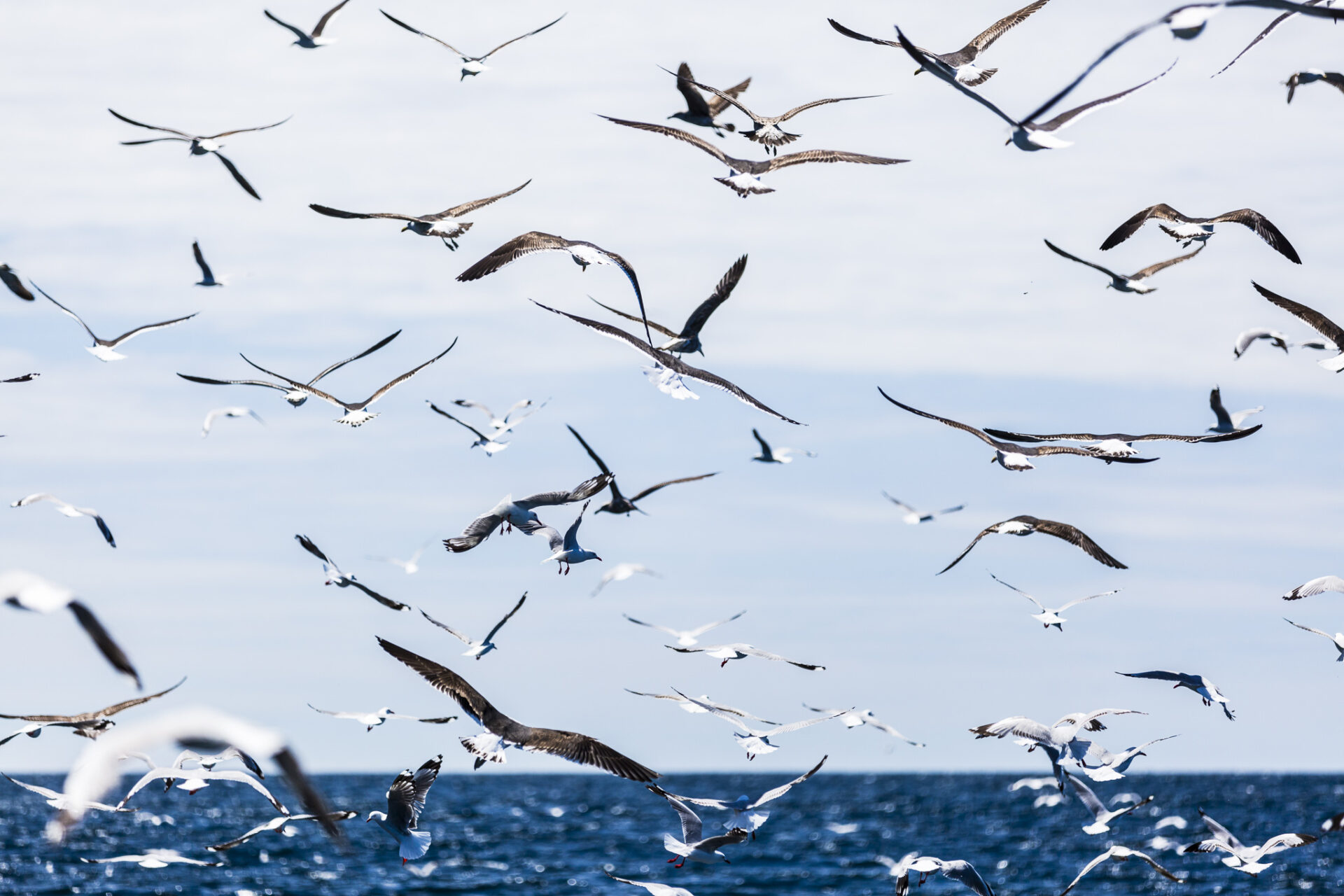Following the Department of Conservation’s (DOC) announcement of six new marine reserves to be established along the southeastern coast of the South Island we delve into what they are and what they will mean for our coastline.
Some of the early confusion with the unveiling stemmed from the addition of Proposed Type 2 Marine Protected Areas (MPAs) and Proposed Kelp Protection Areas. We ask the experts to explain what they are.
What’s the difference between a Marine Reserve and a Type 2 MPA?
Marine reserves are the highest level of marine protection available in New Zealand according to DOC Director, Office of Regulatory Services, Sarah Owen.
“Their aim is to create an area free from alterations to marine habitats and life, which provides a useful comparison for scientists to study,” Owen explains. “Marine reserves allow ecosystems to recover to a more natural state. Research has shown the number and diversity of plants and animals can increase in marine reserves, along with the average size of fish and other animals.”
The addition of five Type 2 Marine Protected Areas (MPAs) also raised eyebrows with scant information available about what they might entail.
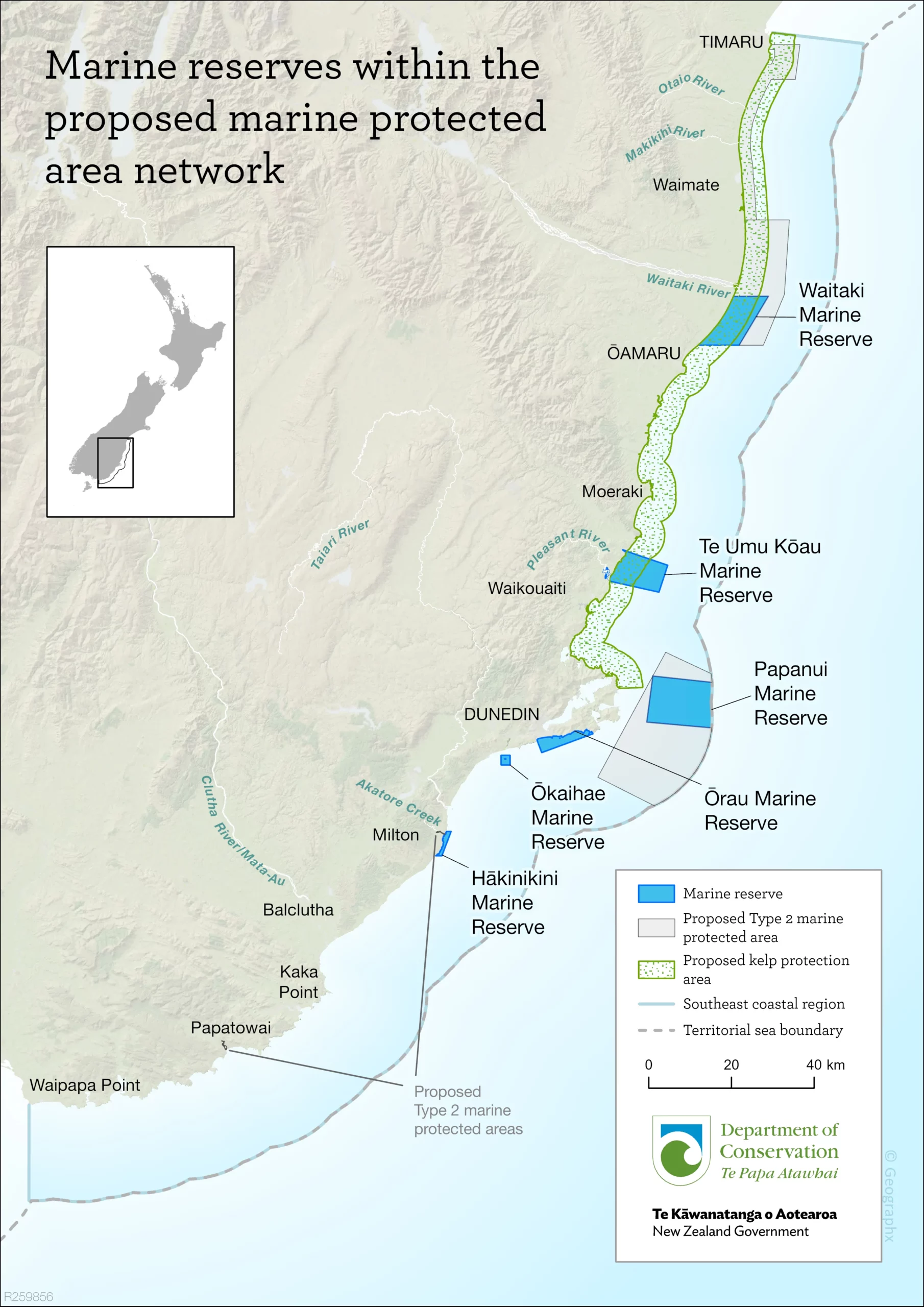
Owen said they fell under the Fisheries Act 1996 and had not been decided on yet.
“Type 2 MPAs are an important tool for conserving marine biodiversity and sustainable fisheries management,” Owen said. “Type 2 MPAs contribute to protecting and restoring ecosystems and habitats by managing the activities that would cause adverse effects within them, such as restricting fishing methods and gear type. This differs from marine reserves where commercial and recreational fishing is not permitted.”
She said that, if approved, Fisheries New Zealand would manage, monitor, and enforce fishing activity within the Type 2 MPAs.
Owen did not specifically confirm if this would be a responsive tool, with the ability to adjust to changes in populations and the environment, much the way a mātaitai or taiāpure does.
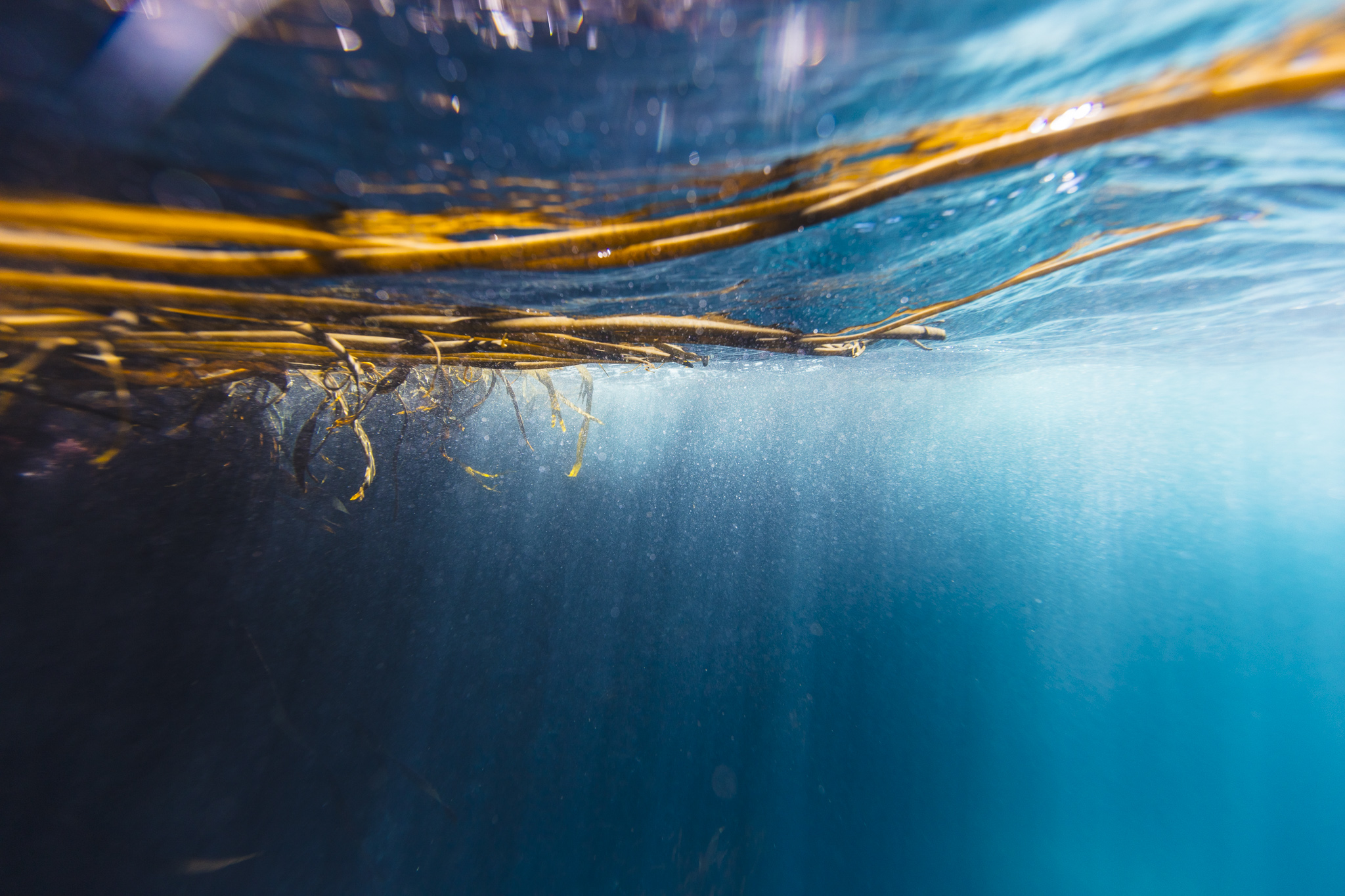
What’s a Kelp Protection Area?
Alongside the map of the marine reserves identified along the coast is a green coastal area that stretches from Timaru in the North to the northern end of Victory Beach in the south. These are Proposed Kelp Protection Areas.
Dr Chris Hepburn is a professor of marine science at the University of Otago. His research focus is on kelp forest, coastal fisheries and he is also involved in customary fisheries.
Hepburn explained the Kelp Protection Area hadn’t gone through at this stage.
“That’s sitting with Fisheries New Zealand,” Hepburn explains. “The Kelp Protection Area is about preventing the cutting of kelp either commercially, or just for anyone who cuts kelp for any reason.”
He said kelp was already in the quota management system.
“It’s my view that you can’t manage habitat under the quota management system because the fishery sustainability is about the fish itself,” Hepburn explains. “It’s not so much whether the kelp harvest is sustainable. If you cut it, you actually remove the habitat for fish. You would never harvest a coral reef, would you?”
“It’s not so much whether the kelp harvest is sustainable. If you cut it, you actually remove the habitat for fish. You would never harvest a coral reef, would you?”
He said having a healthy intact kelp forest resulted in a lot of fish.
“If you think of it in a commercial sense, that kelp forest provides a habitat for crayfish, which is a high-value fishery,” Hepburn adds. “It also provides benefits to the pāua fishery as in the food that it provides. So it is really to protect those ecosystem services and the values that they provide.”
He said it was “a no-brainer” based on his research, but admitted he wasn’t a commercial kelp harvester.
Owen said that signage and information about what can and can’t take place within a marine reserve, and boundaries and boundary markers, would be made available as the marine reserves were gazetted and came into force.
She said DOC would be responsible for compliance activity.
